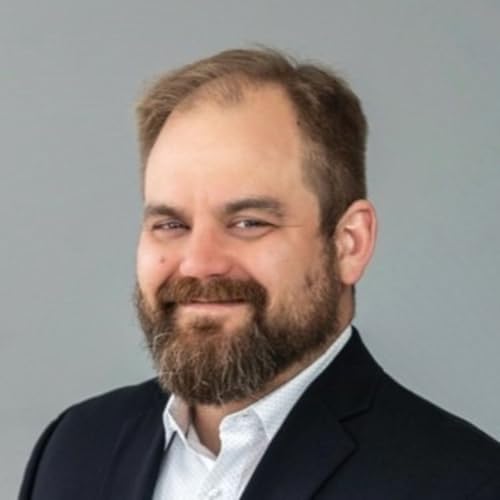My first jobs were in restaurants washing dishes and busing tables. I would go on to do other jobs in restaurants, including cooking, waiting on tables, hosting on occasion. I think working in restaurants is a great first job because it teaches you to deal with people, and work in collaboration with different functions. So no matter what you do in a restaurant, it is a great experience to prepare for life.
While I for sure was ‘cooking,’ I wouldn’t call myself a “cook.” And definitely wouldn’t consider myself being a “chef.” I was just a person following instructions and performing it in a way that was consistent with expectations. I was told how to prepare something, and I followed those instructions. I know that not everyone can accomplish that, but I don’t consider it a great mark of distinction.
Being able to successfully combine ingredients in a way that is proscribed is another one of those life lessons that can be applied in a lot of areas. Including organizational leadership.
Organizations after all are just assemblies of ingredients. There are proscribed ways of putting these organizational ingredients together. Accountants go in the accounting department. Sales people in sales. Marketers in marketing. Etc. And these people sit in the same areas as each other, and they do the work that is related to their areas. And on it goes. That doesn’t take a lot of visionary ability. It typically is the way it goes in all organizations.
Now if you think of the ingredients right now in your kitchen, there are the staples that you typically rely on and use. You are comfortable with them and know how to deploy them. There are also those things that are seldom used, and you even forget you have. I’m thinking here of the spices I have that I forgot I have and never get included. There also is the stuff in the shelves and freezer that got buried, or maybe I got to use once. So lots of ingredients with no clear idea of what to do with them. There used to be a show with Chef Alton Brown where he would just go into someone’s house and make a meal with what was there. That’s talent.
On today’s episode, we welcome someone who knows about putting things together, something about how leaders use ingredients, and something about food. Dr. James Shin got his PhD from Penn State in Industrial Engineering, writing a dissertation that looks at (in part) simplicity versus complexity in the design process. Part of what he learned is that if we minimize the problems from the start, they can become more manageable, allowing us to make more progress.
Rather than go the academic route, he went into industry given his interest in applying knowledge to practical problems. Working in a global organization, he also learned how approaches used by different cultures may work in that particular culture, but may not work as well in other cultures and contexts. Another thing he learned from his global work is that middle management is typically overstressed and underappreciated no matter where in the world they are located.
We talk about his new book “The Leader’s Soul: 52 Reflections for Unlocking Your Inner Leader.” In it, he looks at his own upbringing in South Korea, moving to the US as part of his PhD completion, his journey through corporate America, and his return to Asia in capacities that included speaking at universities.
We also talk about his company Blue Koi, and how the koi fish symbolizes growth. However, as he shares, the best kind of sustainable growth occurs not necessarily through focusing on rapid achievement, but through pacing ourselves in our efforts and life. He also reflects on the importance of nuance, and how he had to break from the black and white thinking that can be more prominent in engineering and how humans need to be factored into design.
And there was some conversation about preparing food, and the importance of not just using the right ingredients, but using the ingredients you have in creative ways.
Blue Koi: https://www.bluekoiglobal.com/
James Shin: https://www.linkedin.com/in/james-j-shin/
"The Leader's Soul": https://www.amazon.com/Leaders-Soul-James-Shin/dp/1963701534
 1 時間 6 分
1 時間 6 分 1 時間 14 分
1 時間 14 分 2025/11/281 時間 4 分
2025/11/281 時間 4 分 1 時間 6 分
1 時間 6 分 1 時間 2 分
1 時間 2 分 2025/10/311 時間 12 分
2025/10/311 時間 12 分 1 時間 5 分
1 時間 5 分

